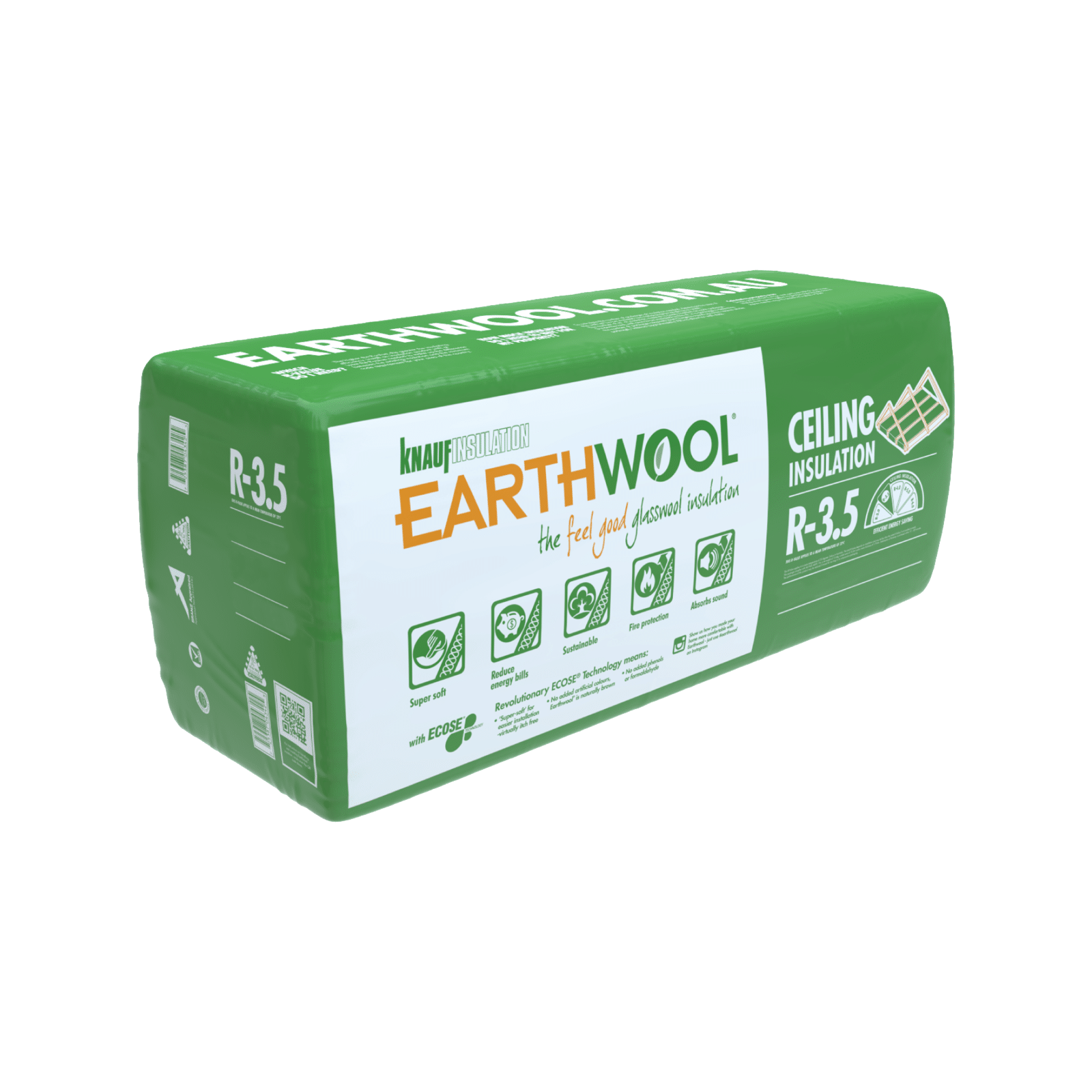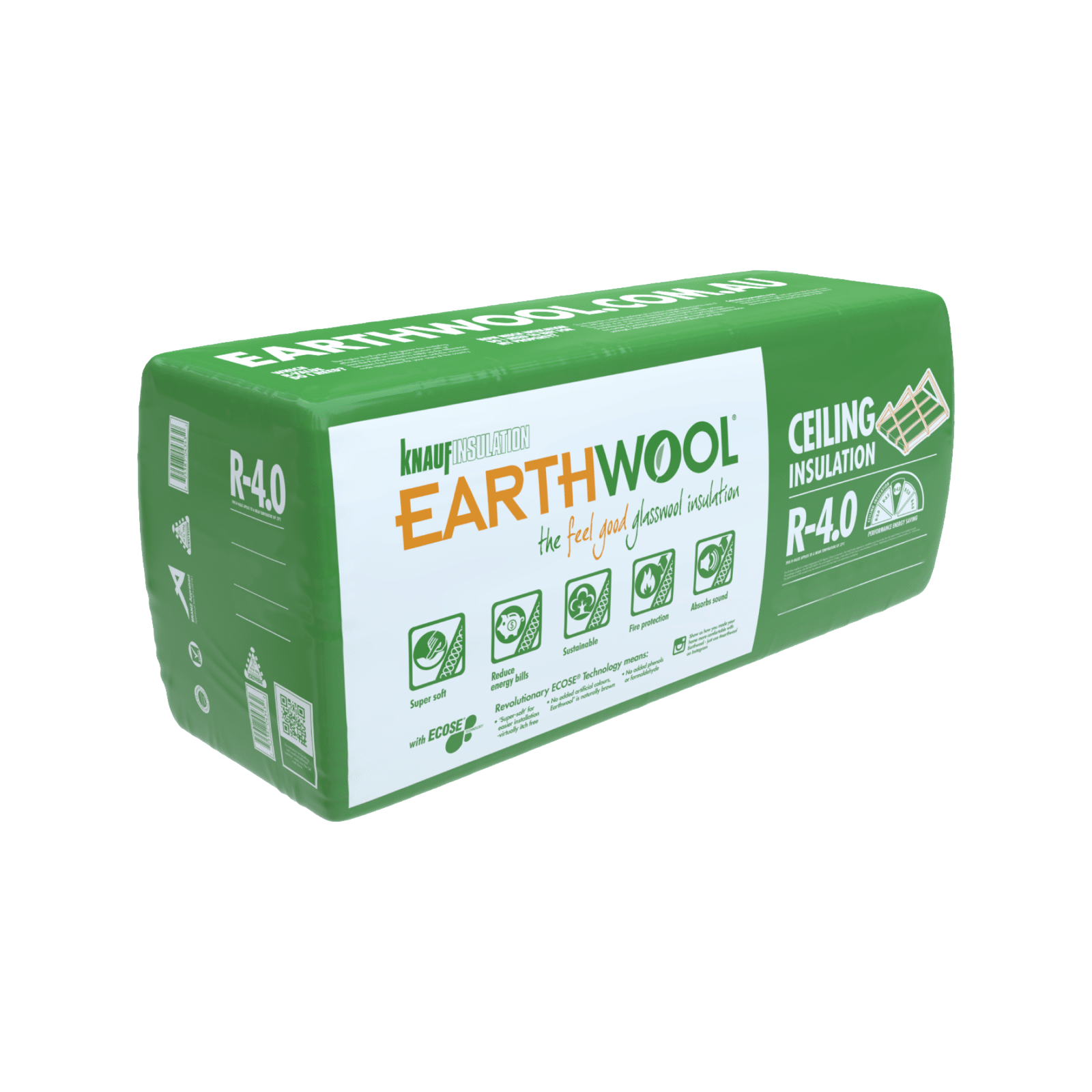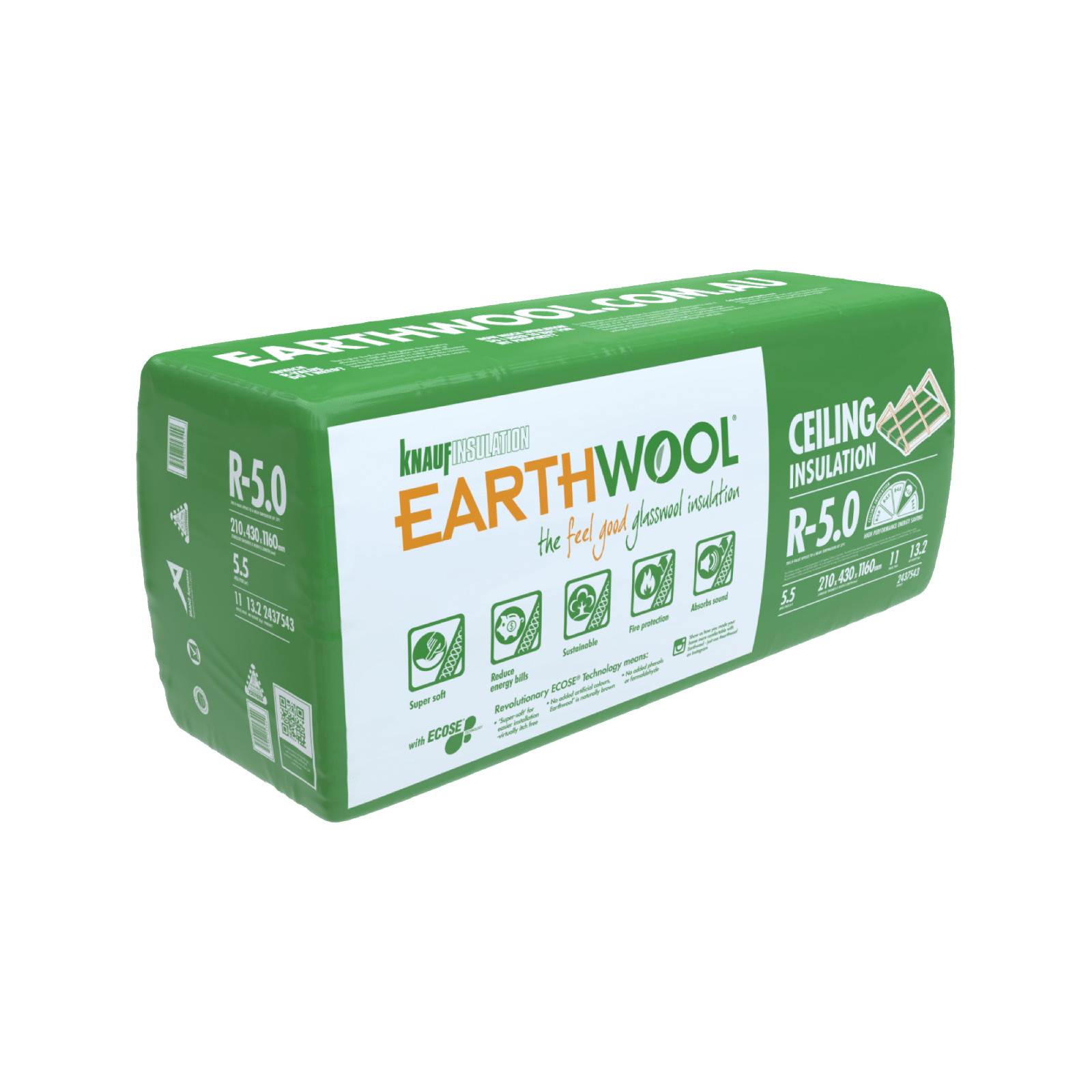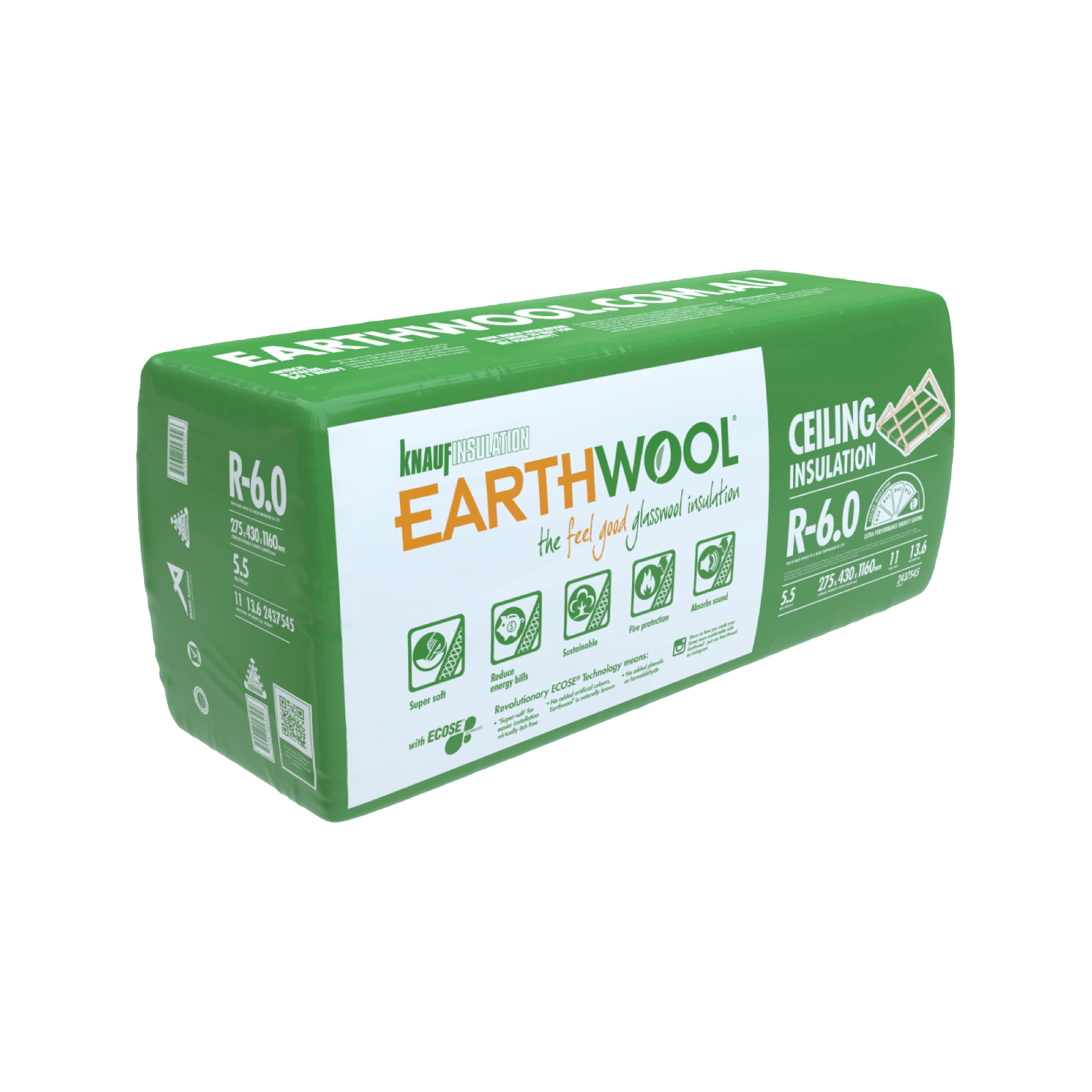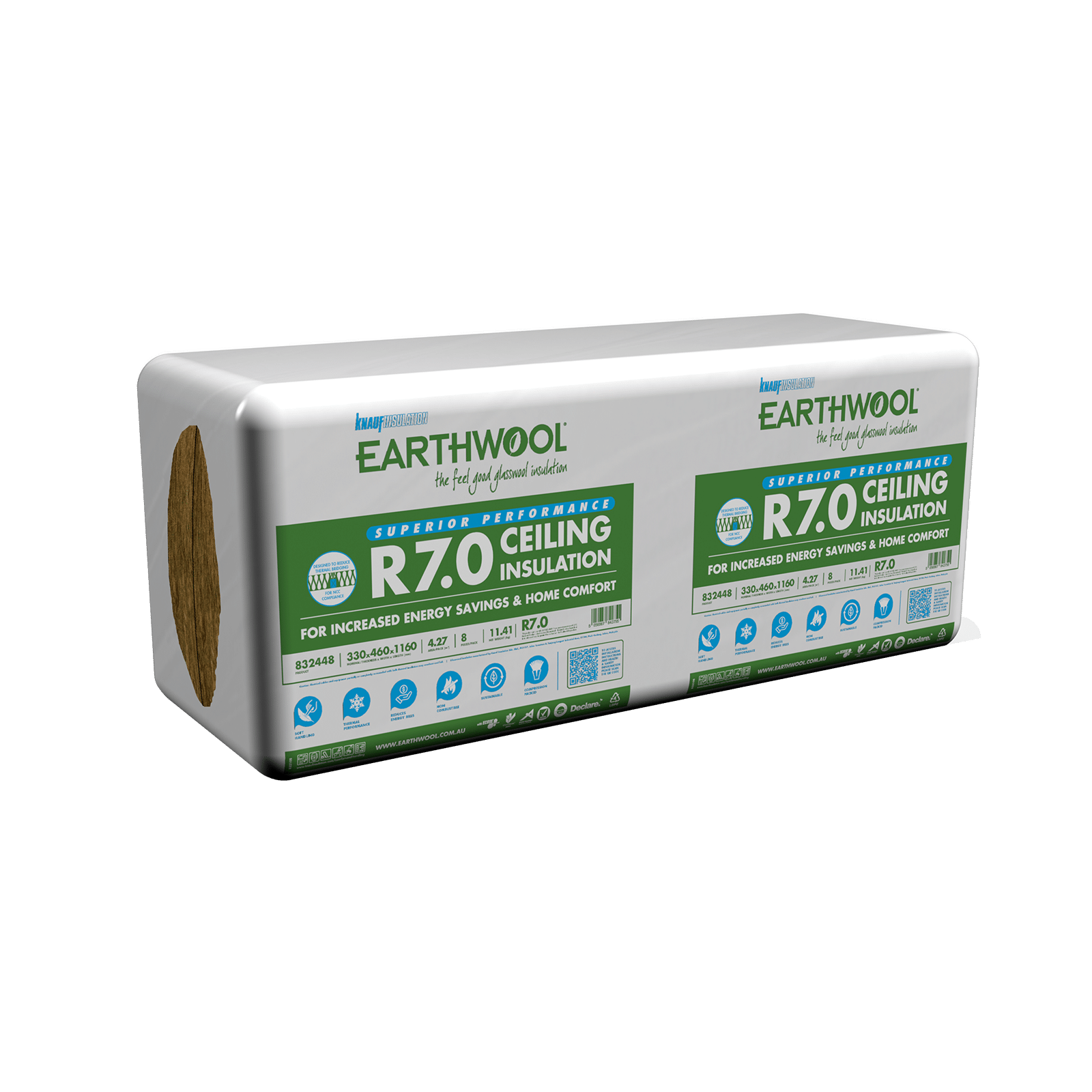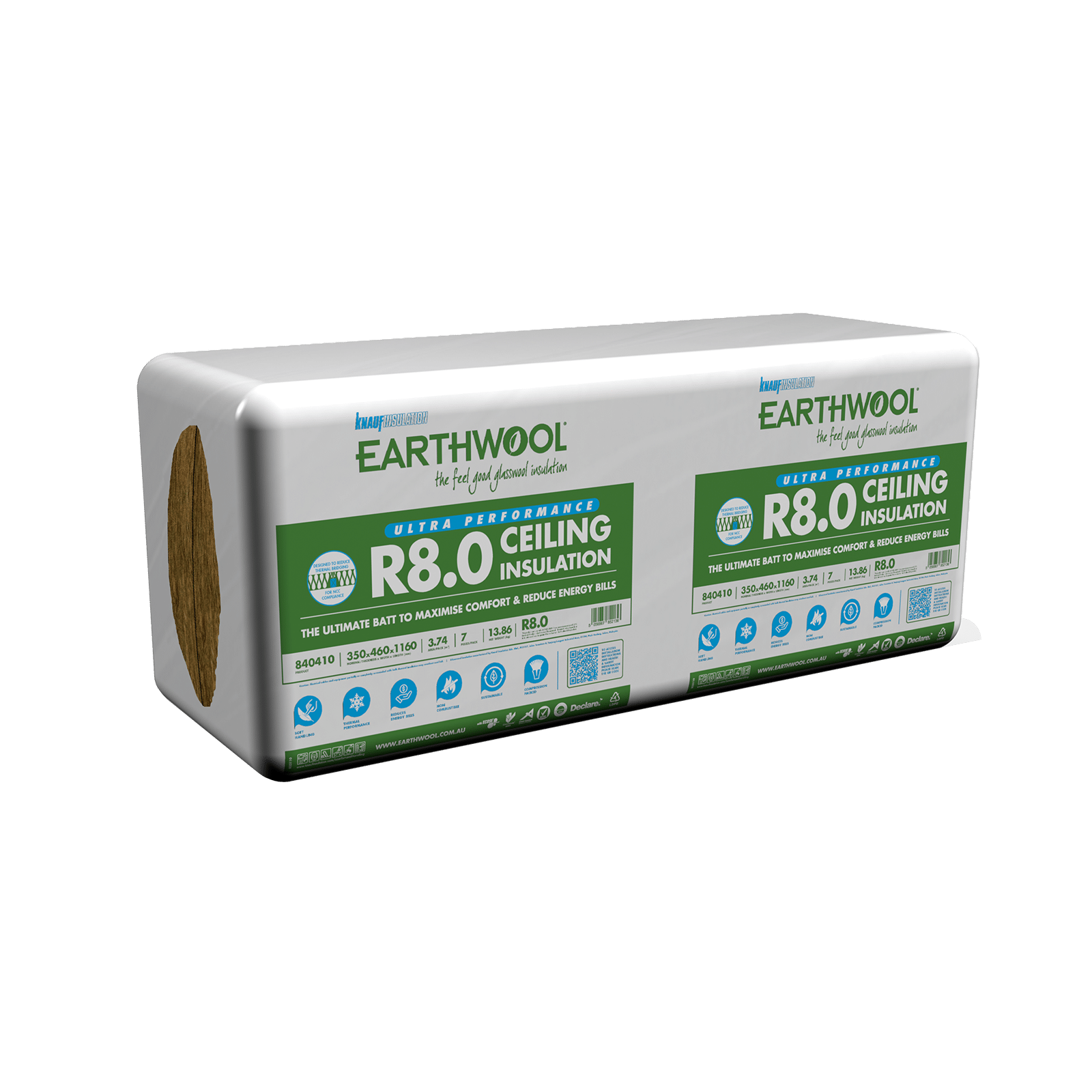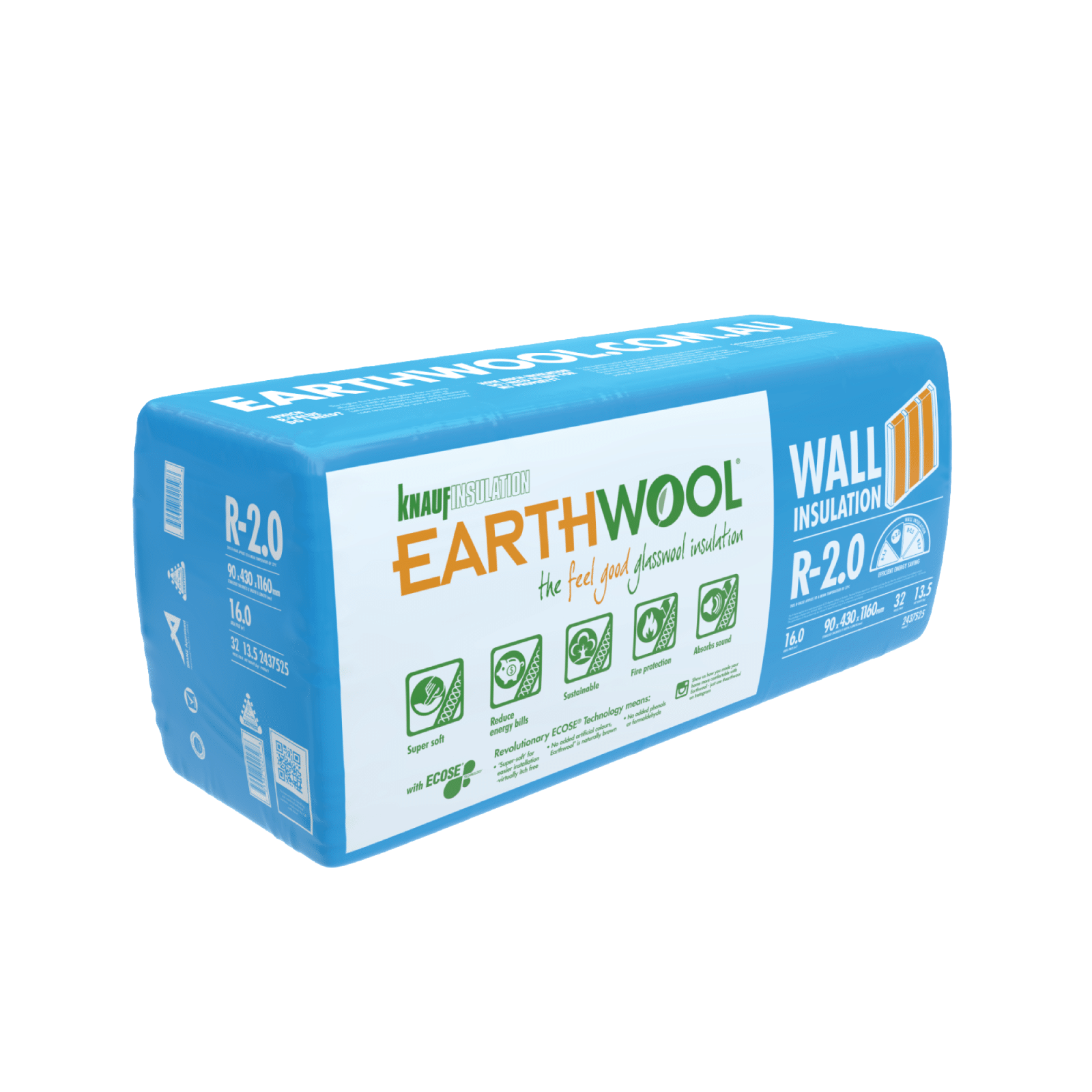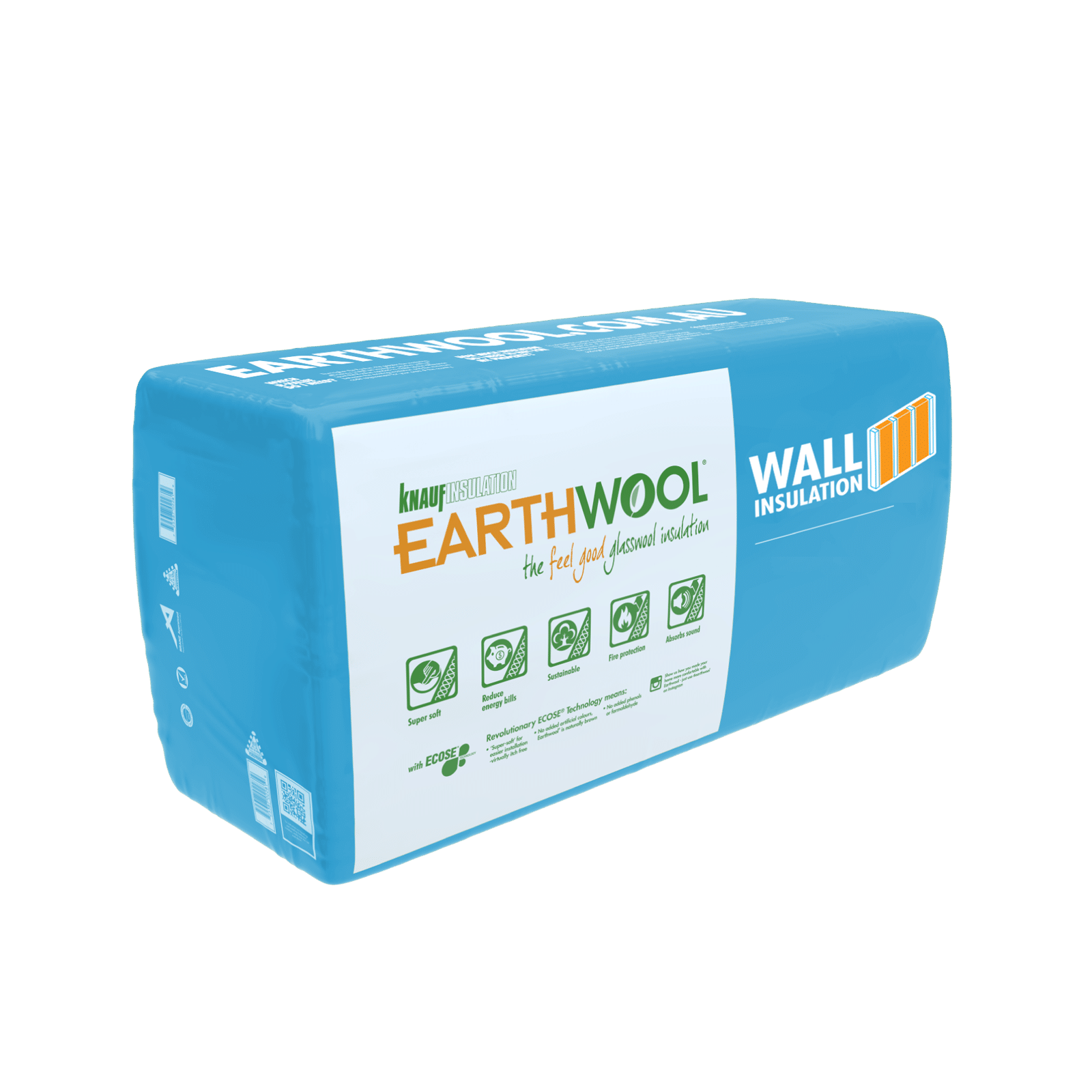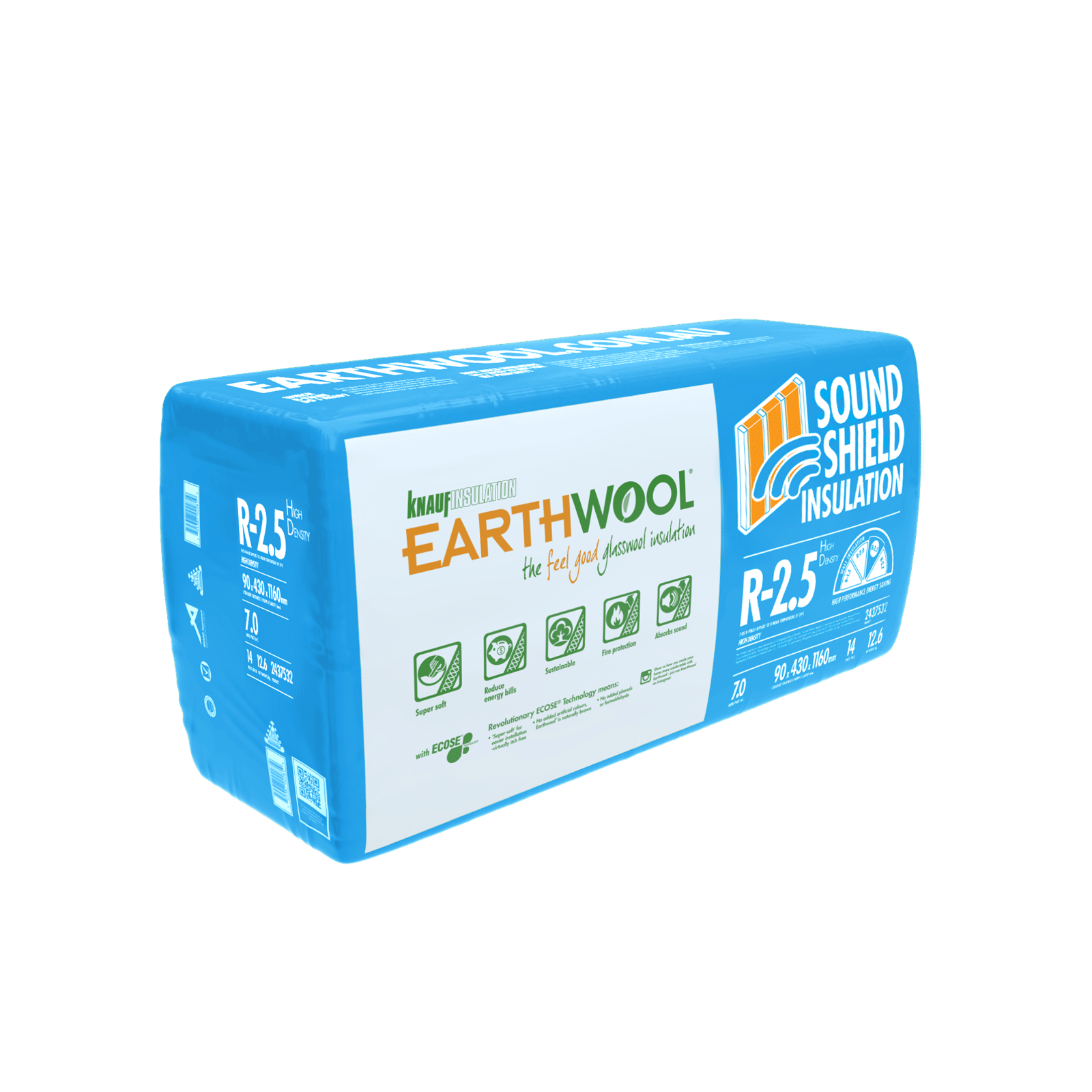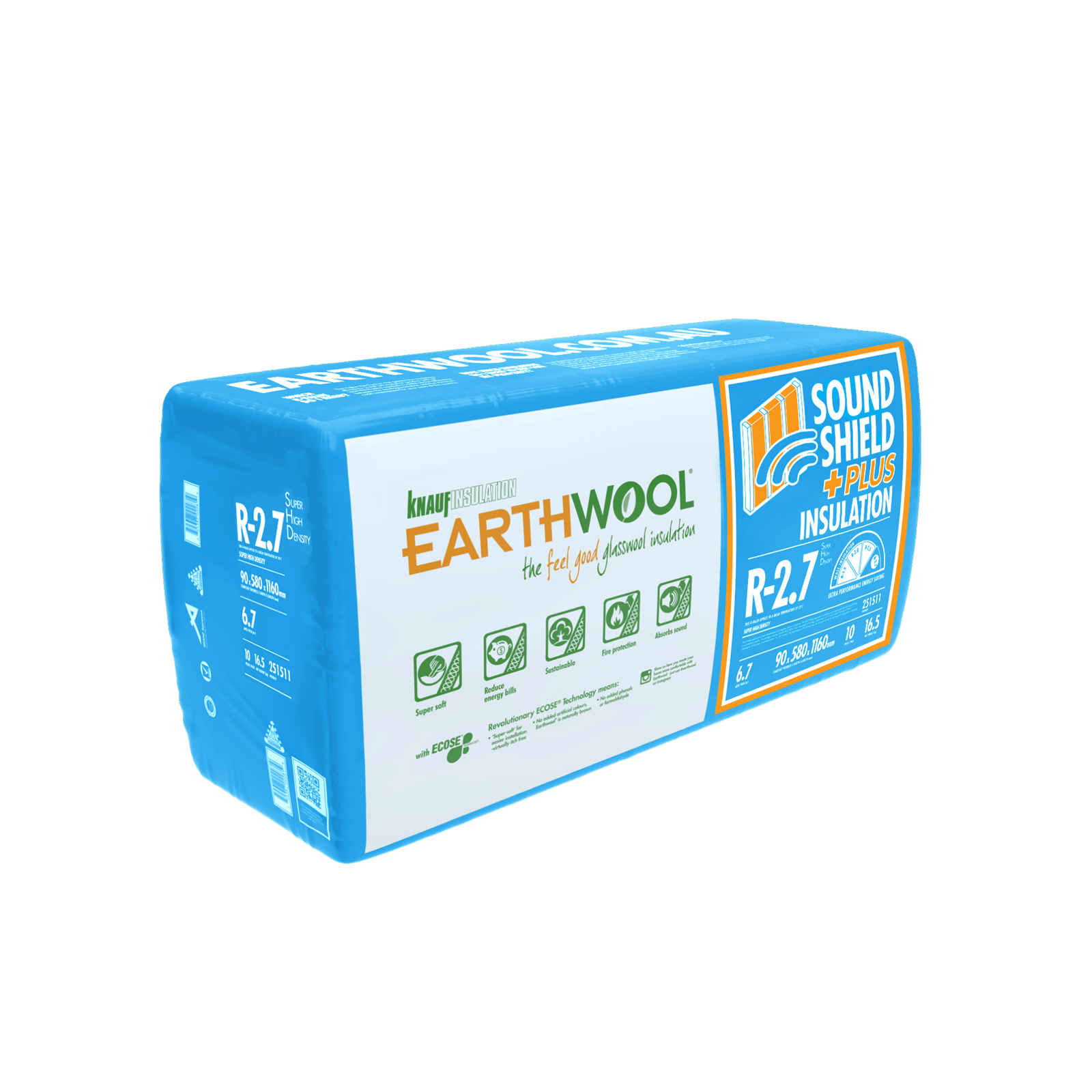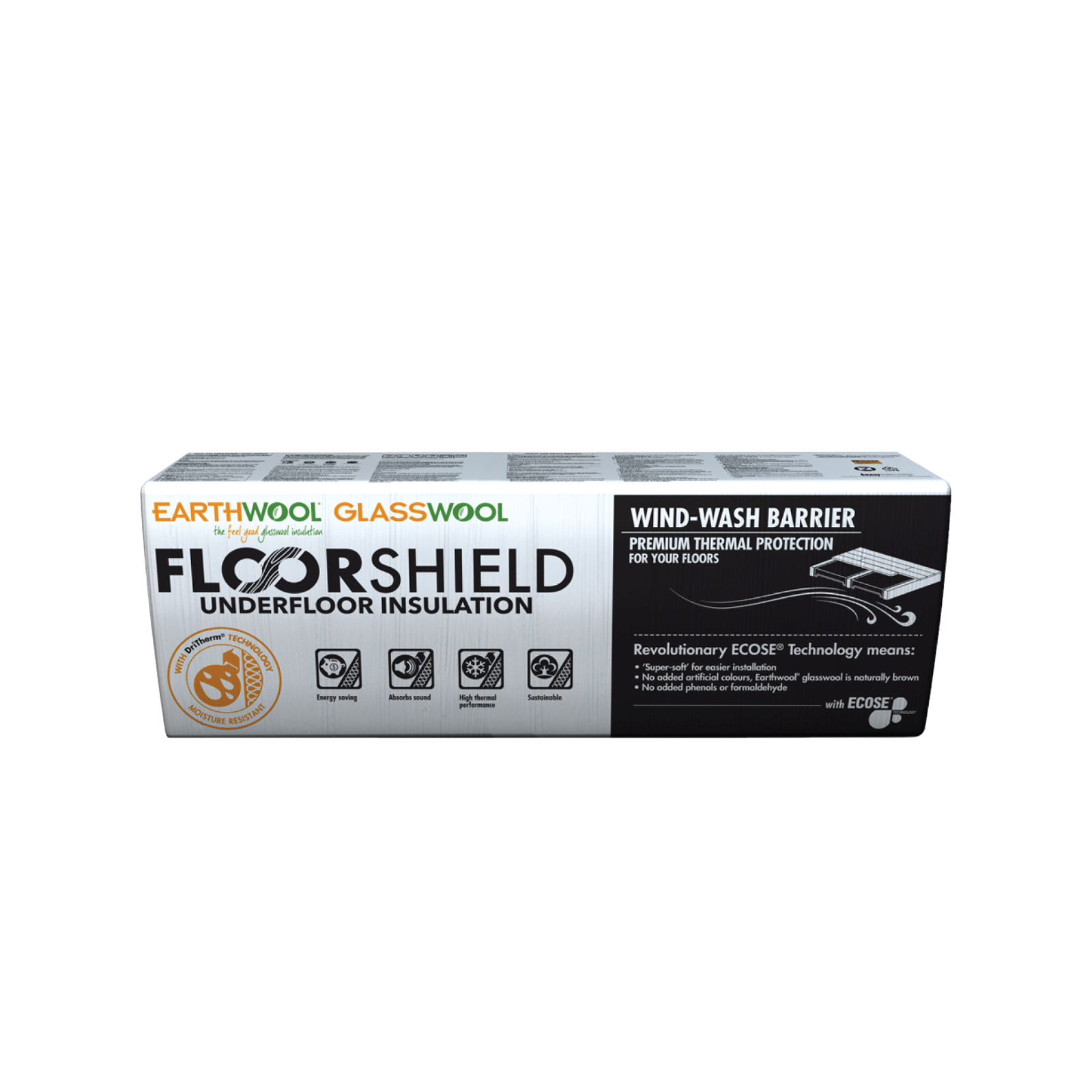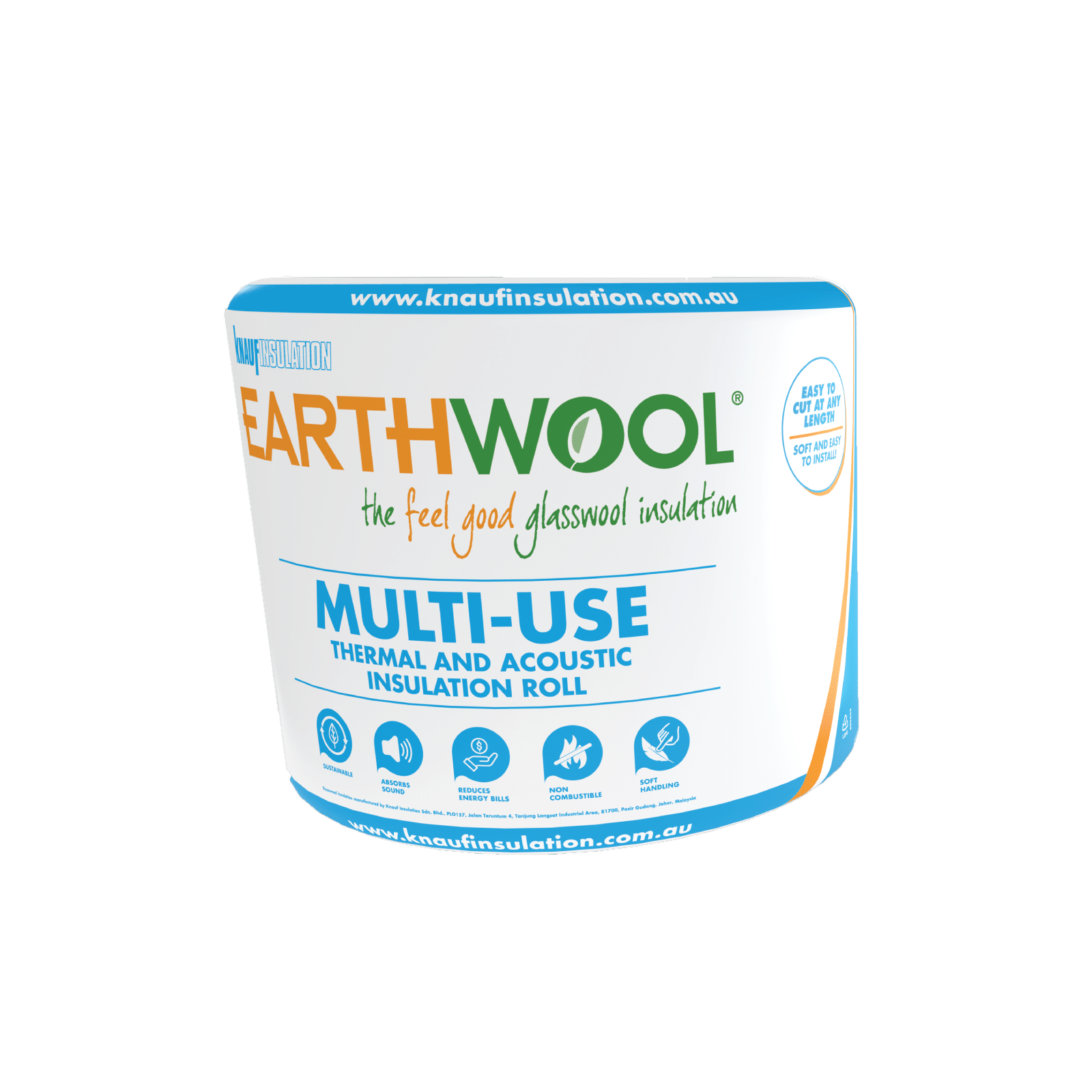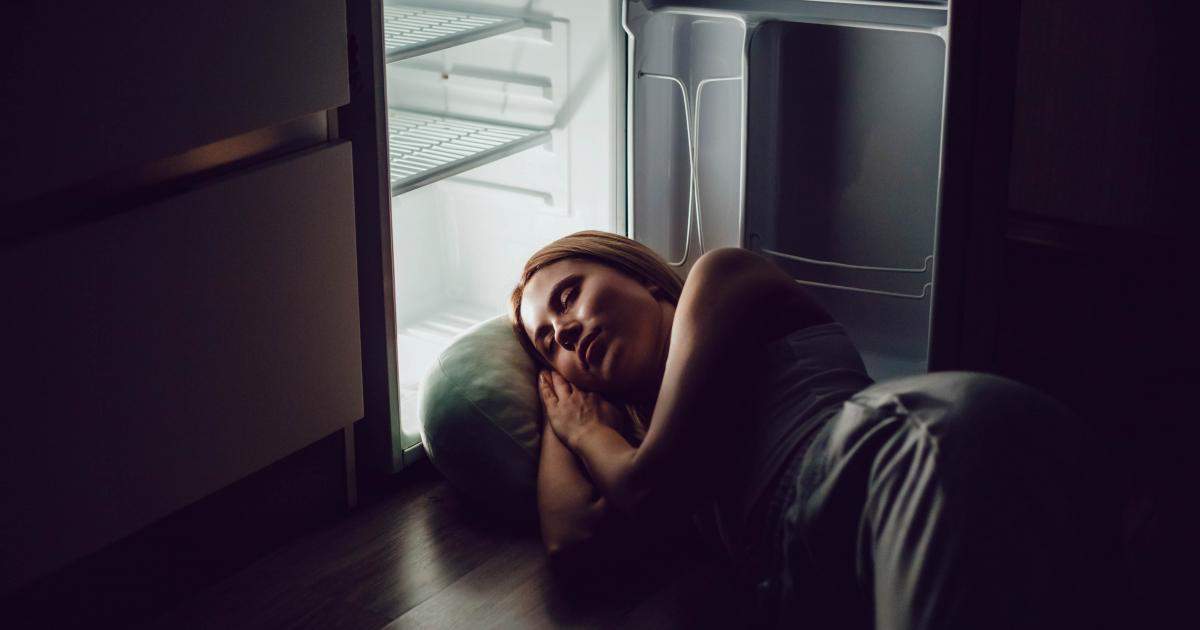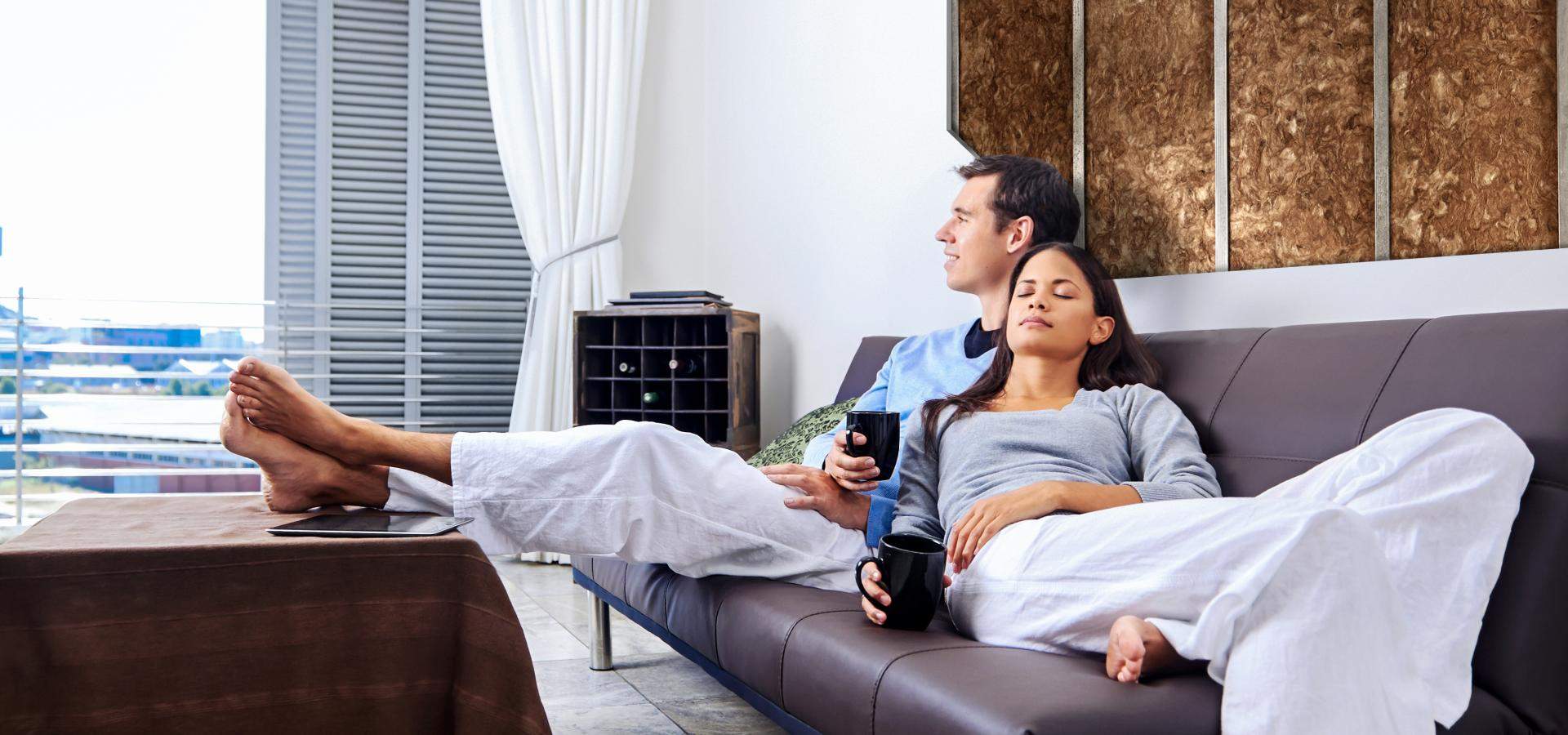The transfer of heat by direct contact e.g. through the different materials in a building’s exterior wall.
MAKE YOUR HOME A COMFORT ZONE
THIS SUMMER
How do homes absorb heat in Summer?
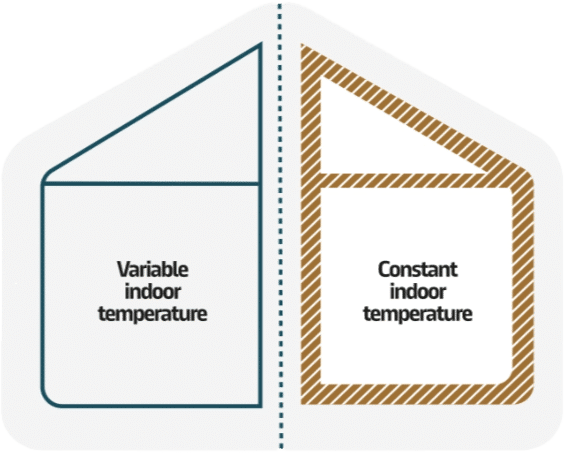
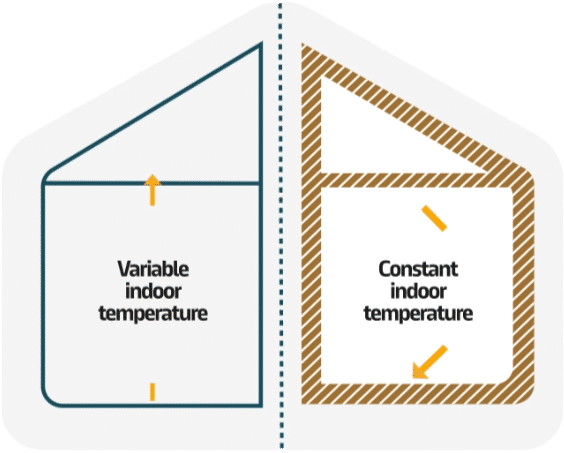
The rising motion of warmer gases or liquids e.g. the heat that rises from radiators.
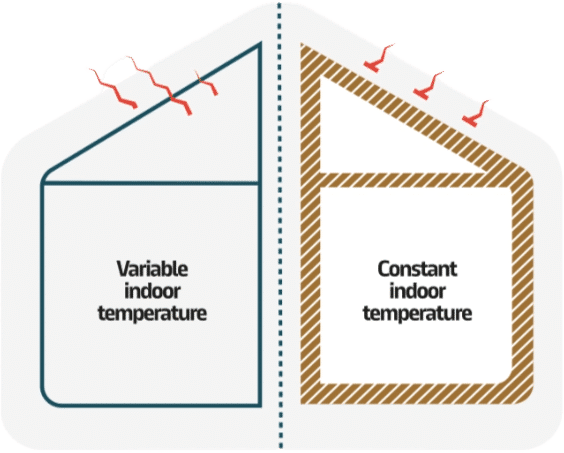
The transfer of energy from a ‘hot’ surface to a ‘cold’ surface through air or a vacuum e.g. the heat we feel from the sun.
Effective insulation limits all three of these heat transfer mechanisms.
How does insulation help?
Insulation is important in summer as it helps regulate indoor temperatures by preventing the transfer of heat from the outside. This results in a cooler and more comfortable living environment. Effective insulation reduces the workload on your cooling systems, leading to energy savings and lower utility bills. Additionally, insulation can help maintain a consistent temperature and improve overall indoor comfort during the hottest months.
Earthwool® insulation is a poor conductor of heat, meaning that warm or cold air won’t transfer through the material resulting in a consistent temperature inside the building. It does this thanks to its interwoven structure; the inside of the material is made of millions of small air pockets that catch any heat or cold trying to pass through, making it one of the most efficient materials to insulate any property.
Soft to handle
Easier to install with a smooth finish on both sides
Absorbs sound
Earthwool® insulation will absorb sound transfer between rooms and floors.
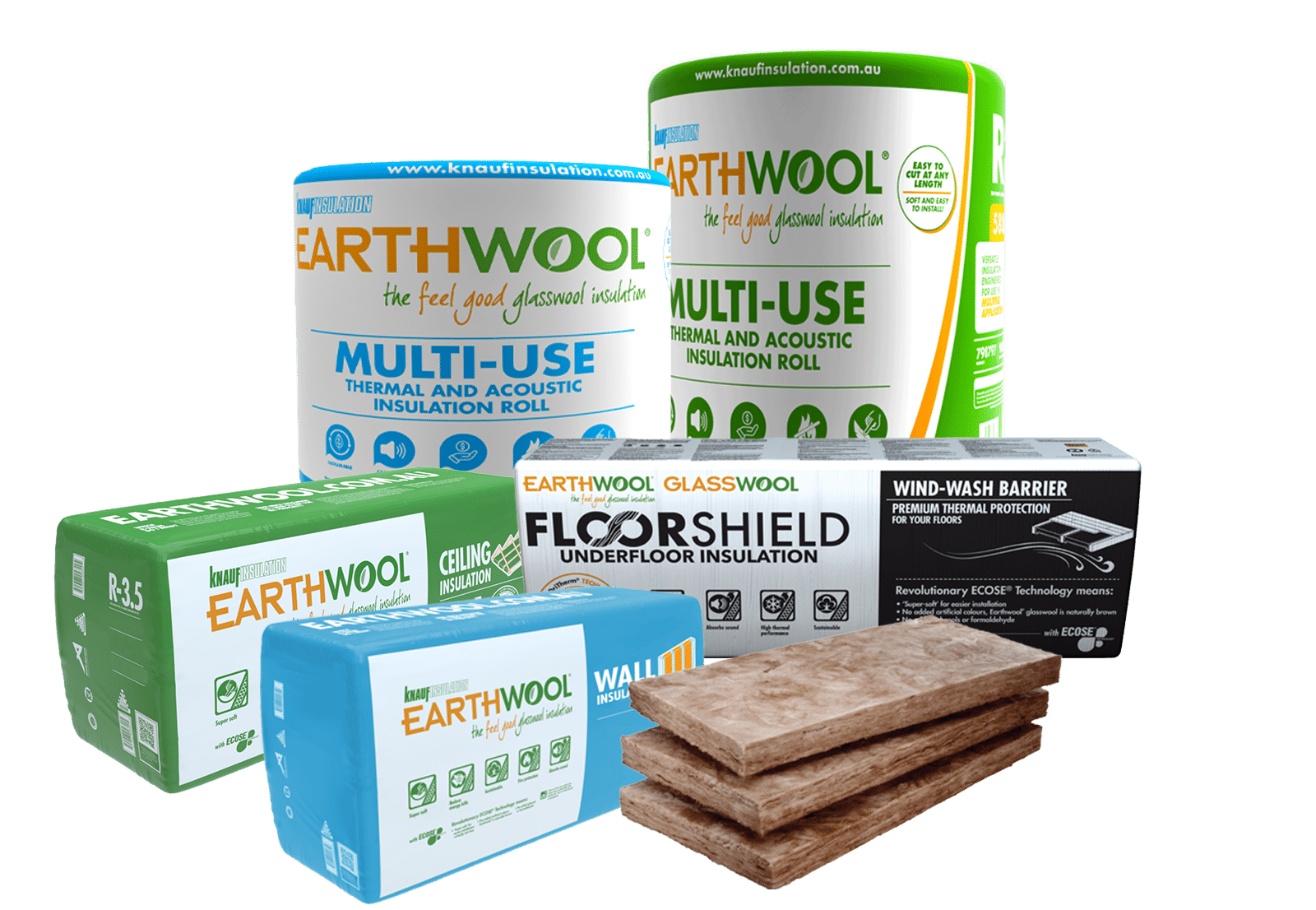
Year round comfort
High thermal performance
No added formaldehyde
Based on renewable, bio-based materials instead of traditional petro-based chemicals.
Work it out
Just follow these 4 simple steps.
1. Choose Insulation
2. Measure your space
3. Calculate packs
4. Pick up & install
Why choose Earthwool®?
Whatever your insulation needs, there are plenty of reasons why Earthwool is your ideal solution.
Knauf Insulation’s patented ECOSE® Technology binder results in a much softer, lower carbon and lower VOCs product compared to traditional Glasswool products made using formaldehyde.
Frequently Asked Questions
What is the fire performance of Earthwool® insulation?
Earthwool® insulation is non-combustible and complies with the requirements of the Australian Standard AS1530.1 1994.
What is the acoustic performance of Earthwool® Ceiling insulation?
All Earthwool® products will provide some acoustic performance, as glasswool insulation comes with inherent sound absorbing properties.
Are vermin or insects attracted to Earthwool®?
No. Earthwool® insulation has been tested to show that it will not sustain vermin or attract insects.
Can I use Earthwool® Ceiling batts in my walls?
No. Earthwool® Ceiling batts are not designed to be used in walls and should not be compressed (squashed). Compressing Earthwool® insulation will reduce the thermal performance (R-Value) of the product and could potentially cause future issues, as the products are designed to recover to their specified thickness.
What product should I use to provide high acoustic performance in my walls?
The Earthwool® Wall products come in a range of R-Values and densities. The range starts at R-1.5, which provides economical energy saving and acoustic performance, and goes right up to R-2.7, which provides ultra-acoustic performance and energy saving.
Why is Earthwool® softer and less itchy than traditional glasswool?
Earthwool® uses a combination of new technologies, which make the product more comfortable to handle. Firstly, Knauf Insulation’s proprietary fiberisation process creates longer strands resulting in less ‘ends’, to reduce mechanical irritation. Secondly, Knauf Insulation’s patented ECOSE® Technology results in a much softer, less ‘crunchy’ and less dusty insulation product compared to traditional glasswool products made using formaldehyde.
Why is Earthwool® brown?
The distinctive brown colour of Earthwool® results from ECOSE® Technology. This natural binding process leads to a natural shade of earthy brown – free from dye or colourants. This is a result of five years of intensive research and development, as part of our commitment to being at the forefront of sustainability. In some cases, if Earthwool® is exposed to UV radiation, it may result in a white bleaching effect, however product performance is not diminished.
How does the use of ECOSE® Technology make Earthwool® more sustainable than traditional glasswool products with formaldehyde?
ECOSE® Technology is more sustainable because it uses a natural resin, which is less energy intensive than traditional formaldehyde binders. With ECOSE® Technology, rapidly renewable, organic materials replace the traditional petro-based chemicals used in standard insulation binders to create more advanced and sustainable products. ECOSE® Technology is formaldehyde free.
What testing has Earthwool® with ECOSE® Technology gone through?
Earthwool® products have undergone a comprehensive and rigorous evaluation to determine their environmental effects and acceptability in use, and indicate that products with ECOSE® Technology improve on the already excellent performance of conventional glasswool products. As with all Knauf Insulation products, Earthwool® has been independently appraised with BRANZ to comply with Australian Standards. Also, Earthwool® insulation is certified by Eurofins Gold as an ‘outstanding material’, according to the VOC (Volatile Organic Compounds) Indoor Air Quality emissions regulations. Earthwool® was awarded Eurofins Scientific’s first Indoor Air Comfort Gold Standard certificate as part of the Eurofins Air Comfort Gold standard testing and certification programme.
Why does the Earthwool® insulation packaging look different in store?
We’re currently in the process of updating some of our packaging, so you may find that the images shown here on our website vary slightly from what you see in store. The products within the packaging are of the same high quality though, so be sure you check the specs on the outside to make sure you’re buying the right insulation for your needs.



